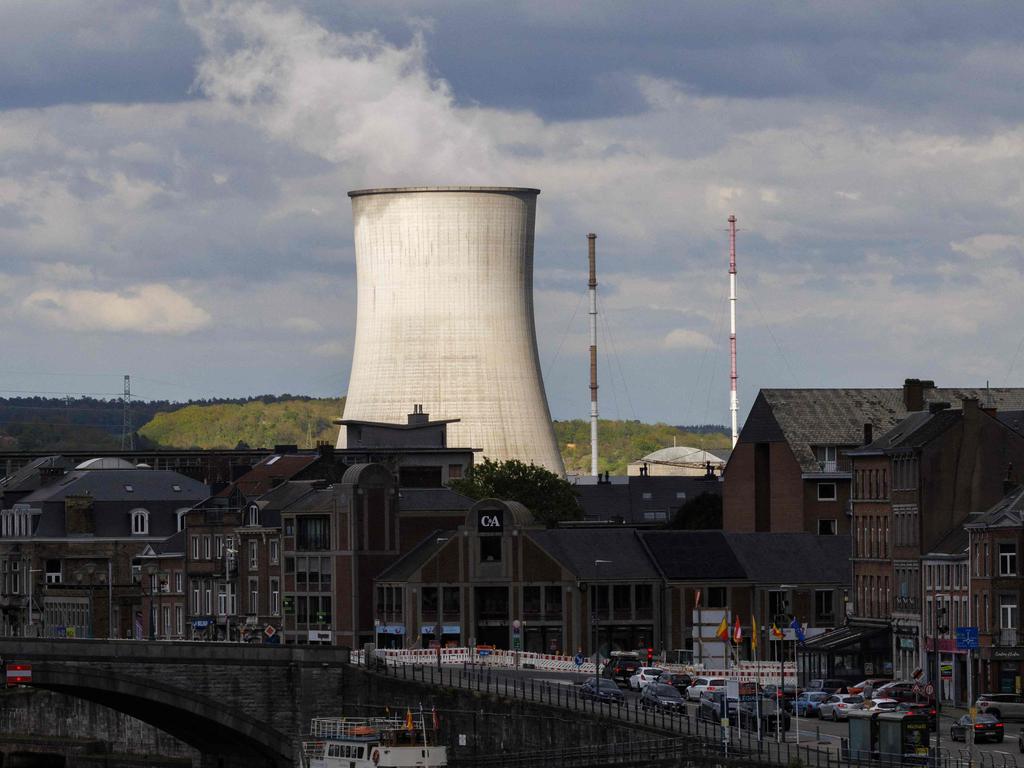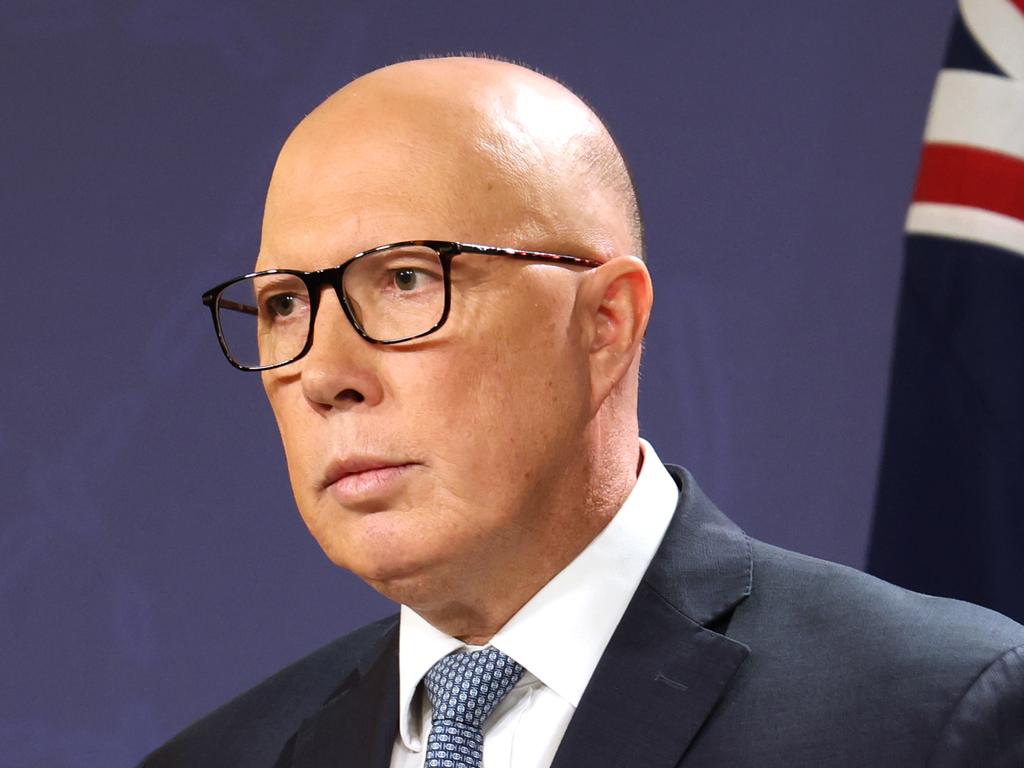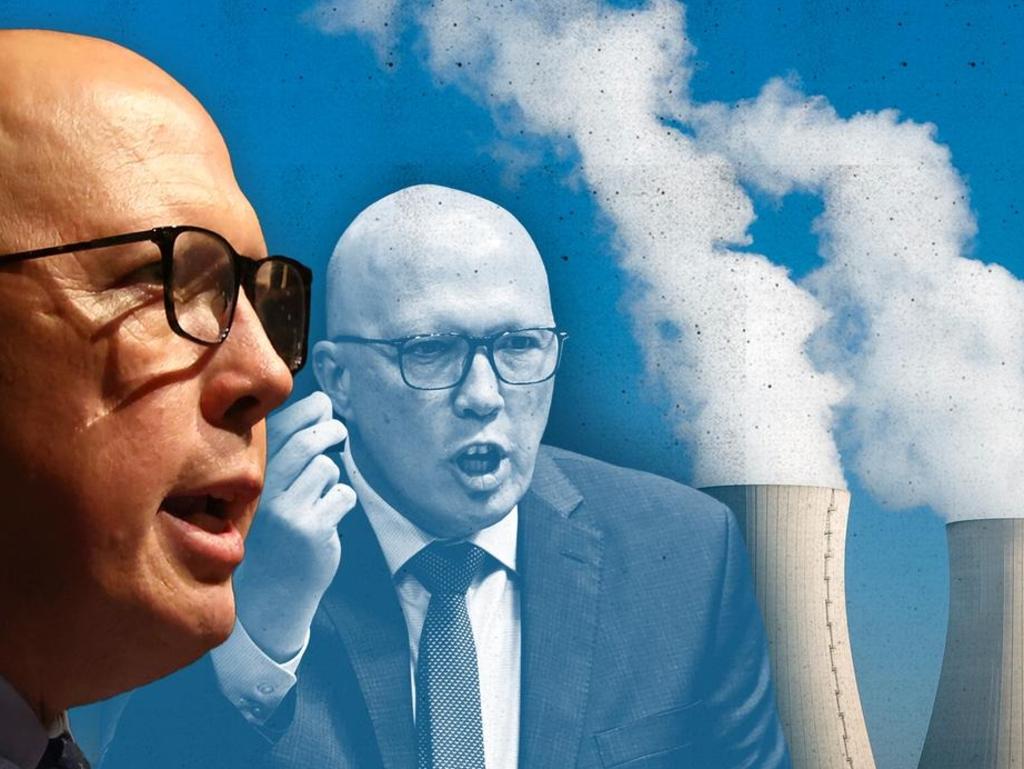How will Peter Dutton’s nuclear energy policy work?
Peter Dutton has unveiled plans to build nuclear reactors at seven sites across Australia under the Coalition’s long-anticipated plan. How will the plan work and what will it cost?

Peter Dutton has unveiled a proposal to build nuclear reactors at seven sites across Australia under the Coalition’s long-anticipated plan, setting up the next federal election as a referendum on climate and energy policy.
How will the plan be rolled out
The Opposition Leader has pledged to build two small modular reactors by 2035 or two larger scale reactors from an established design by 2037, depending on which is found to be the most viable option.
The proposal will see seven nuclear reactors operating by 2050 which will be established at existing coal power generation sites, with the opposition bypassing the option to tap into private investment and vowing the plants will be government owned.
Where will the reactors be located
The Coalition identified the Liddell and Mount Piper Power Stations in NSW, Loy Yang in Victoria, the Tarong and Callide Power Stations in Queensland, the Northern Power Station in SA and the Muja Power Station in WA as the best suited locations.
The announcement has drawn clear election battlelines ahead of the upcoming election, with Labor ridiculing the push to embrace nuclear power to meet the 2050 net zero emission target. Instead sticking to its plan to transition the grid to renewables, with a focus on developing green hydrogen.
How much will the plan cost?
The cost of the nuclear proposal has not been revealed at this stage, with Mr Dutton declining to commit to releasing the expense to the taxpayer before voters go to the polls.
Coalition MPs have compared the public ownership model to that of the National Broadband Network and Snowy Hydro.
Mr Dutton outlined his nuclear plan in an extended press conference on Wednesday morning, where he argued that many developed nations including France, Britain and the US had already harnessed nuclear power and it was the only path to zero emissions.
Do the Australian people have a say?
Standing alongside Nationals leader David Littleproud, Deputy Leader Sussan Ley, opposition energy spokesman Ted O’Brien and opposition treasury spokesman Angus Taylor, Mr Dutton declared that he was seeking a mandate from the Australian people to overturn a decades-long ban on nuclear power.
“We are going to the next election seeking a mandate from the Australian people, a very clear mandate that we want support to modernise our energy system,” he said.
“We want support to enact our vision for our country which is about underpinning economic growth and jobs for decades and generations to come.
“That’s the mandate that we seek, and that’s the mandate that I believe that we will act on the parliament.”
How will the transition to nuclear power work
Mr Dutton also argued that gas should play a vital role in underpinning the transition to nuclear power, declaring that the Albanese government’s “renewables only” approach will ultimately drive up power prices.
He also sought to head off a scare campaign about the safety of nuclear power, arguing that Labor has embraced the AUKUS nuclear submarines which also use the technology.
“I’m very happy for the election to be a referendum on energy, on nuclear, on power prices, on lights going out, on who has a sustainable pathway for our country going forward,” he said.
“As I said before, this Prime Minister has no vision for our country, because he can’t manage the government on a day-to-day basis.
“And we have been very honest, open and transparent with the Australian public.
“This technology operates around the world and it is safe, or the government wouldn’t have signed up to it under AUKUS.”
What model will be used?
The Coalition has not committed to which model of nuclear reactor it will pick but has flagged the importance of selecting a tried and tested design, with Mr Dutton referencing the AP1000 and the APR1400 directly.
Mr Dutton released a concept design of what a small modular reactor would look like on social media platform X, where he argued Australia was the only country in the world’s 20 largest economies which was not using nuclear power.
The AP1000 was designed by the Westinghouse Electric Company and has been adopted in China, the US and Turkey, while the APR1400 was developed by the by the Korea Electric Power Corporation and has been utilised in South Korea, Britain and the UAE.
What will happen to the nuclear waste?
Mr Dutton has sought to minimise concerns about how nuclear waste will be stored and managed, declaring that a 470 megawatt reactor produces a small quantity of waste “equivalent to the size of a can of coke” a year.
He said the waste should be dealt with in the same manner as Labor intends to manage any nuclear material produced by the AUKUS nuclear submarine fleet.
“Australia is a very safe country in that regard, as you know,” Mr Dutton said.
“And that would be the most sensible way. The government promised 15 months ago to answer this question within 12 months of where the waste would go.
“I think that Richard Marles has spoken about a defence site somewhere. That would potentially be the most obvious, but we’ll see.”
How will safety be assured?
The Coalition has sought to head off a potential scare campaign that nuclear is not safe by arguing that Australians have been benefiting from nuclear technology for decades, with the Lucas Heights reactor operating successfully since 1958.
Mr Dutton said about one in two Australians had benefited from nuclear medicine including X-rays, CT scans and other treatments.
In response to questions on how the public will be persuaded to overlook examples from overseas of nuclear power going wrong, Mr Dutton said the technology was “so different now in 2024 than it was in 1964”.
He argued that consensus reached on the AUKUS submarine fleet demonstrated there was a level of support to bring nuclear reactors into Australian communities.
“What will happen in Osborne, where (SA Premier Peter Malinauskas) has signed up to the AUKUS deal?”, he said.
“There will be a reactor there, where submariners in Australian uniforms will be sleeping in the submarine alongside the reactor in a safe way.
“And Osborne is a matter of kilometres from local communities.”
Is there consensus among premiers and nuclear site owners?
Mr Dutton said the Coalition would work with the companies which own the seven sites to come to an agreement, noting that the commonwealth had “ample power” to compulsorily acquire the land if it passes a national interest test.
He also acknowledged the significant roadblocks he faced bringing state premiers on board with the nuclear plan, vowing to work with them despite many state leaders declaring they would not welcome a reactor in their jurisdiction.
“Somebody famously said I would not stand between the Premier and a bucket of money, and we’ve seen the premiers in different debates before where they’ve been able to negotiate with the commonwealth and will be able to address those issues,” he said.






To join the conversation, please log in. Don't have an account? Register
Join the conversation, you are commenting as Logout